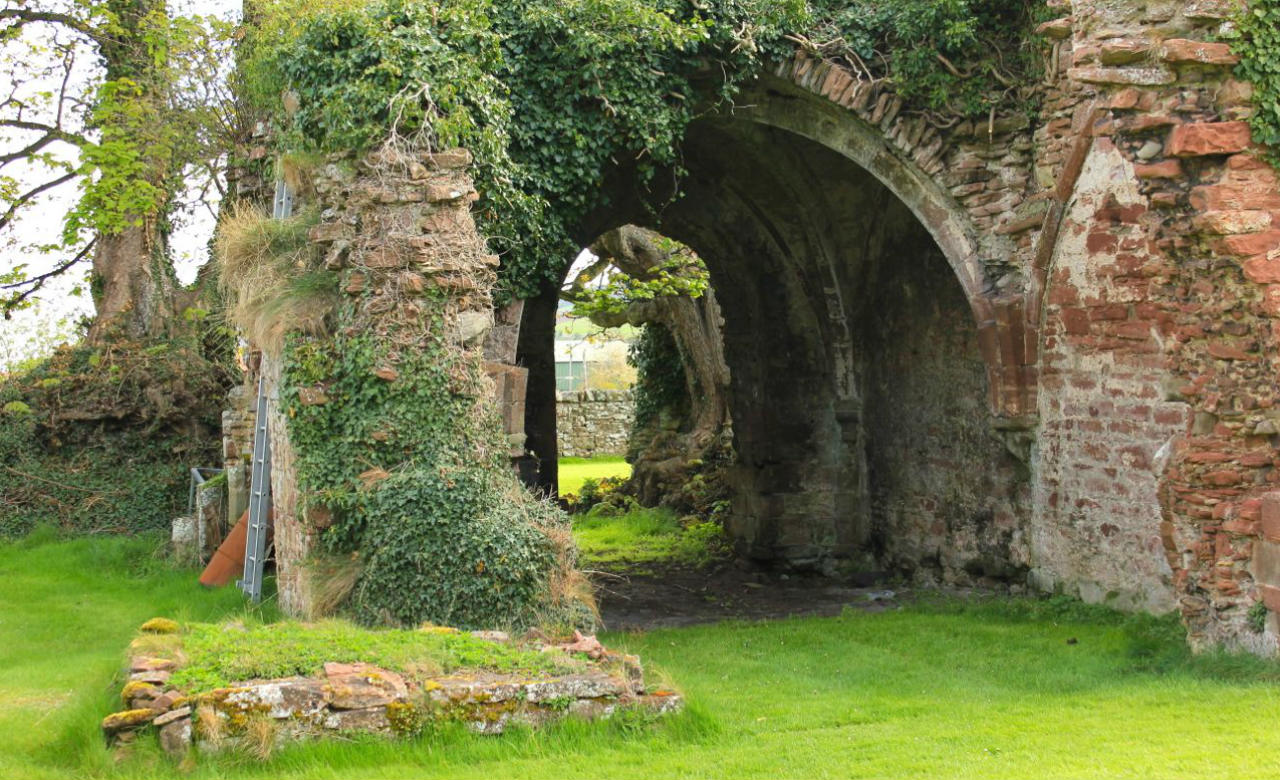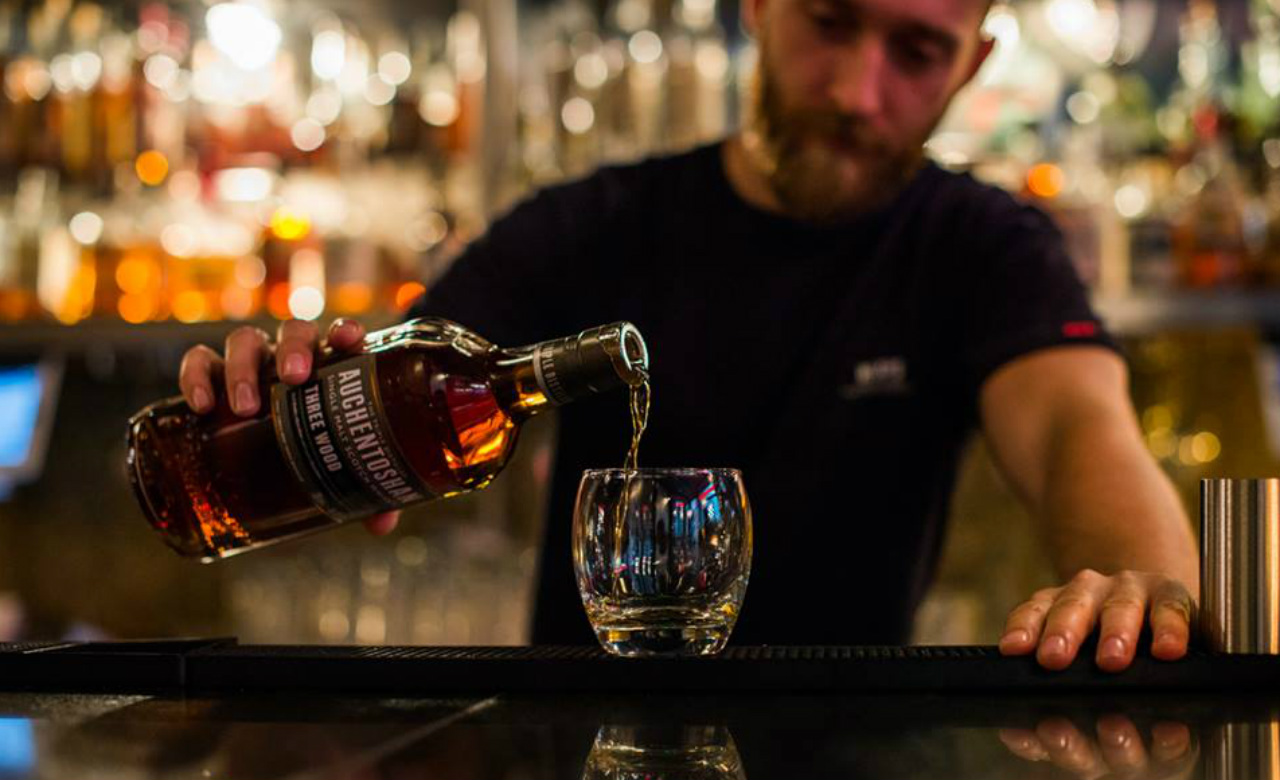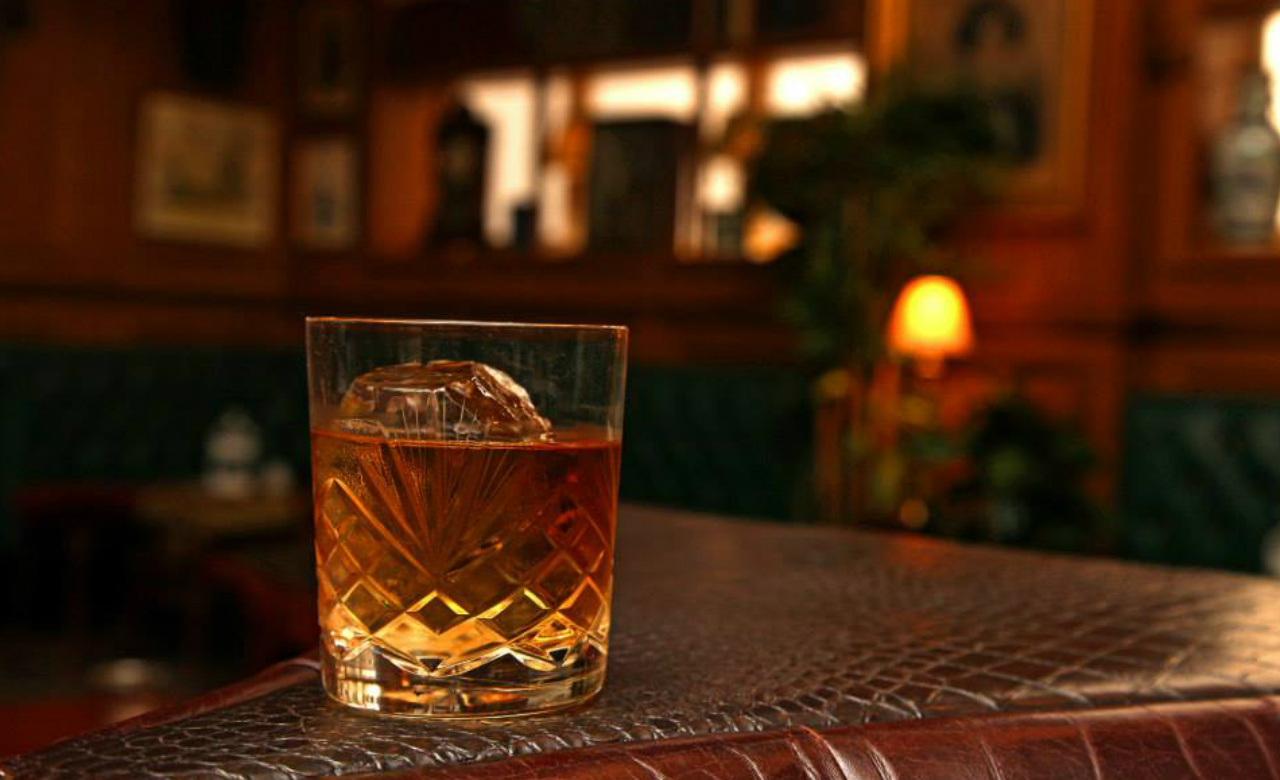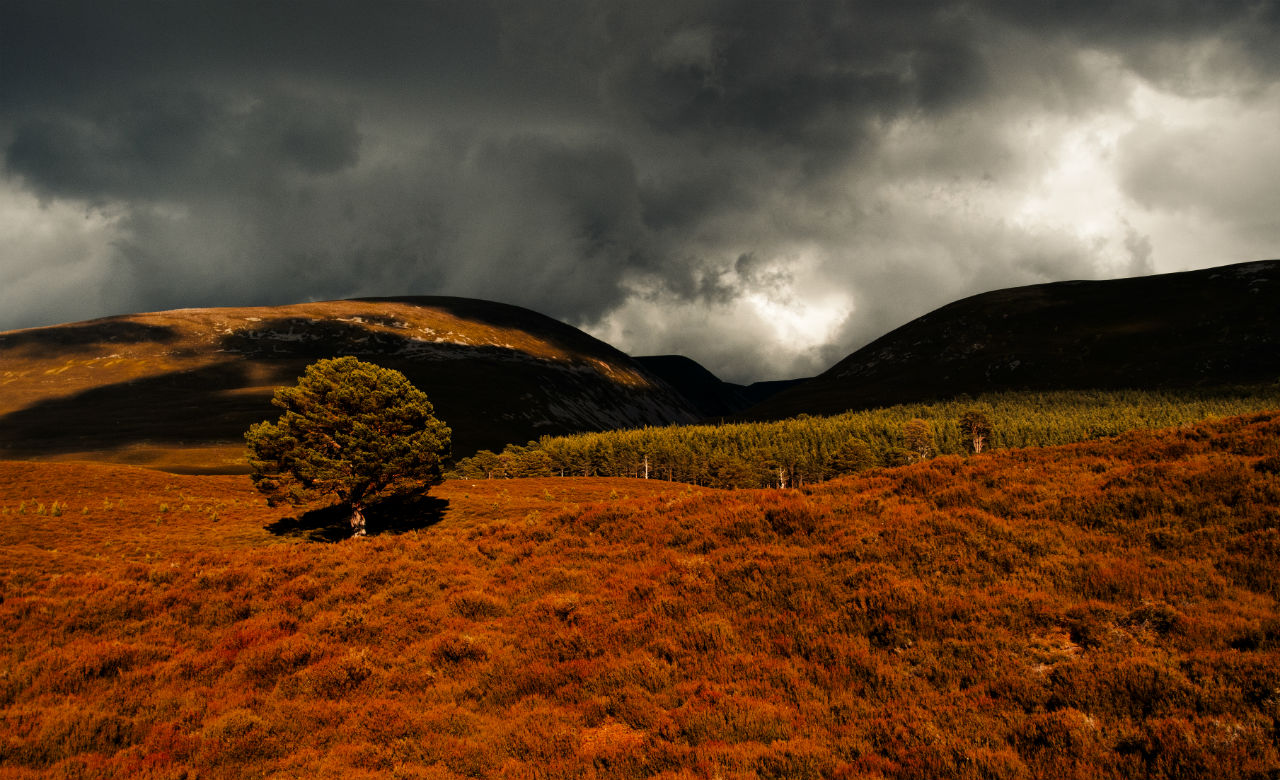A Bluffer's Guide to Scottish Whisky
Learn up before you order your next dram.
in partnership with
Ordering a scotch at your local is your one way ticket to mad steeze with your mates, right? But what do we know about Scottish whisky, really? Every good whisky bar has an arsenal of scotch, but do you really know what you're ordering?
In order to dispel the air of mystery surrounding scotch (and just so we can stop pretending we know what we're talking about), we've called upon Auchentoshan's head distiller Rachel Barrie to set us straight about this long-loved spirit. Rachel became the first female Master Blender 13 years ago (after 12 years working in the industry), making a few waves in the industry as a result. Suffice to say, she's the perfect person to answer all our Scotch questions. Learn up.

Lindores Abbey, Nathan Baker.
Where and when did Scotch whisky originate?
The earliest recorded evidence of distilling in Scotland goes back to 1494 at Lindores Abbey in the Lowlands, where Father John Cor distilled 800 gallons of aqua vitae ('water of life') from eight bolls of barley (48 Scottish bushels), on the order of King James IV of Scotland.

What were the original techniques used to distil Scotch whisky? How have things changed?
Prior to the Industrial Revolution, distilling was conducted on a much smaller scale (and was often illicit) using small copper pot stills. During the Industrial Revolution, sometime between 1760 and 1840, malt distilleries were granted a license to distil by government, and industrial grain distilleries were set up primarily in the Lowlands, based on the steel continuous still design using grain (wheat or maize) to provide alcohol rather than malted barley. The grain distillation process was disputed at the time, and took decades to be accepted as Scotch whisky.
Around 1860, blending grain and malt whisky commenced, creating blended Scotch whisky, which heralded the growth of the spirit in the 19th and 20th centuries.
The Scotch Whisky Order of 1990 defines how Scotch whisky is made. Over the years, the law has been more tightly defined, and now every distillery in Scotland must be verified for Geographical Indication (GI) to ensure the highest standards of production quality and integrity.

How does Scotch whisky differ to other whiskies like Irish whiskey, Japanese whisky or American whiskey?
Scotch whisky has evolved over many centuries to create the greatest diversity of style of any whisky. Scotland grows high quality barley in the east, has peat in the north and west, and a year round supply of water in deep lochs, flowing rivers, and natural springs. Microclimate shapes maturation in oak casks (mainly ex-bourbon American oak and ex-sherry Spanish oak), and seasonal weather and local microflora help unlock balanced complexity, enriching the spirit with vitality and depth from youth to a ripe old age.
Scotch whisky is unique in the rich complexity of flavours unlocked from the 115+ malt distilleries. Single malts are united by malt sweetness that harmonises fruit, floral, salt and smoke flavours from each distillery.
AMERICAN WHISKEY
American whiskeys are mainly distilled from corn and rye, and matured in American oak for a relatively short time (mostly five years or less). Grain produces a spicy/oily spirit combining with intense vanilla and caramel sweetness from the oak.
IRISH WHISKEY
Irish whiskeys are distilled mostly from unmalted barley and corn (with a small amount of malt), and pot and continuous stills are employed. Most Irish whiskeys are blends that are light, sweet, smooth and grassy. There are a small number of single pot still Irish whiskeys (made primarily from unmalted barley), and even fewer (for example Connemara) made from peated malt.
JAPANESE WHISKY
The handful of Japanese distilleries in existence were built less than a century ago, based on Scotch whisky production methods. In this short time, Japanese whisky has moved to design different styles, from light, clean and precise through to smoky and oily.
How does taste differ between regions within Scotland?
Each distillery's character is highly individual, however similarities in style can be found between regions.
The Highland region is the largest, with Speyside having the most distinct style united by malt and fruit, much of which is blended with grain to make the heart of high volume blends. Islay malts have the dominant taste of smoke (from peat) and salt, with all other tastes woven in. Although very few distilleries exist in the Lowlands, the style is vibrant and refined with predominantly grassy, sweet and floral characters.

What does it mean when you define a Scottish whisky as 'single malt' and 'single grain'?
Both single malt and single grain whiskies are the product of only one distillery. Single malt whisky is made 100 percent from malted barley and distilled in copper pot stills at a single distillery. Single grain whisky is made from grain (wheat or maize), distilled in a continuous still (Coffey still) distillery.
Feel like you've got a handle on scotch now? If you're a bartender, bar owner or know someone in the bar industry, listen up. Auchentoshan is looking for talented bar teams to come up with a brand new scotch-based cocktail for their 'Distilled Different' competition across Australia. More details on Auchentoshan's website.








